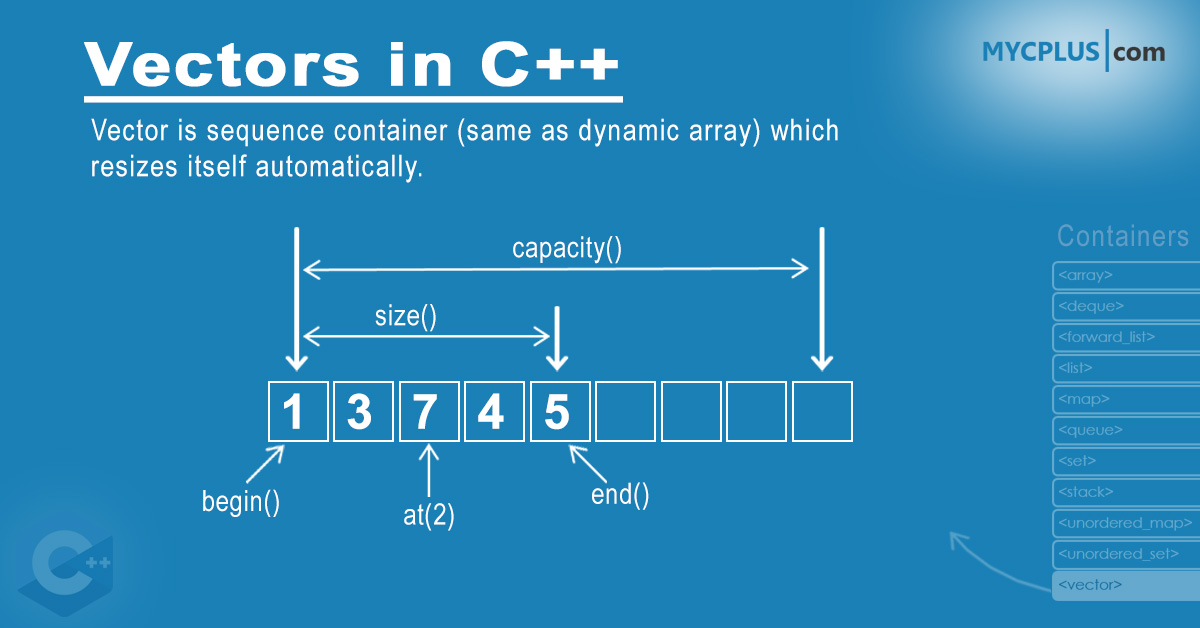


Popping an element out of a vector, into a variable, by copying instead of moving it out:.One may add in that context, that if the element can be emplaced into the vector, using emplace_back, should be preferred over push_back. vector::size() is a library function of vector header, it is used to get the size of a vector, it returns the total number of elements in the vector. What’s wrong with the following code? std::vector strs(10) for(size_t i=0 i strs strs.reserve(10) for(size_t i=0 i strs for(size_t i=0 i<1000 ++i) (1) Creating a vector with size, when what you need is capacity A vector stores elements in contiguous memory locations. Vector elements can be easily accessed and traversed using iterators. Even though this is probably the most used part of the standard library, there are several pitfalls not only beginners may fall into when using it. Detailed solution for Vector in C++ STL - What is a Vector Vectors in STL are basically dynamic arrays that have the ability to change size whenever elements are added or deleted from them. Moreover, you can use vector::rbegin ( ) and vector:rend ( ) to get the reverse iterator pointing the last and the first element respectively. Remember that using vector::begin ( ) and vector::end ( ) allow accessing at pointers to the start and end of a vector respectively. The default container to be used in C++, in case you don’t have a good reason for using any other, is std::vector. The most classic C++ way to iterate over elements is using iterators.

10 mistakes to avoid when using std::vector


 0 kommentar(er)
0 kommentar(er)
